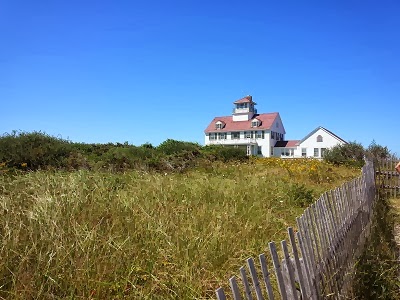Hong Kong residents are taking to the streets this fall, protesting Beijing's oppressive influence on planned elections in their city. Will these demonstrations succeed? Could there be a repeat of the brutal crackdown of Tiananmen Square, the horror of June 4, 1989. Or will there be a peaceful outcome?
Normally this blog chronicles quiet walks of a retiree on Cape Cod beaches and marshes but retirees have time to travel, and travel sometimes leads to contemplation of world events. In this entry, I give some photos and comments from a visit that Mary and I made to Germany this September. Instead of beaches and marshes we walked the streets of Berlin and Leipzig, often overwhelmed by the sense of history in these cities.
Berliners are celebrating the 25 year anniversary of the fall of the Berlin Wall this year. The wall came down in November, 1989, just a few months after the failed demonstrations in Tiananmen Square. We viewed many sections of the remainder of the wall, now preserved as a reminder of a divided Germany.
 |
| A remaining section of the wall in central Berlin. The writing on the wall reads "Save Our Planet." |
Christian Fuehrer, a minister in Leipzig, lead parishioners in a weekly prayer for peace (Friedensgebet) in the Nikolaikirche during the autumn of 1989. On Monday, September 4, the Friedensgebet spawned a demonstration of several hundred that spilled out into the streets. The people of Leipzig were buoyed by the support of the church and protested for the right to elect a democratic government and the freedom to travel to other countries.
 |
| Bicycles parked in front of the Nikolaikirche where the Monday Demonstrations of 1989 got their start. |
In subsequent weeks the news of what happened in Leipzig spread to other cities and protests became widespread across East Germany. In Leipzig, the numbers participating in the Monday Demonstrations increased to 70,000 on 9 October, 120,000 on 16 October and more than doubled to 320,000 on 23 October. Military units were called in but were never ordered into action because officials feared unimaginable violence. More than a half million gathered in Berlin's Alexanderplatz on 4 November. The crowds were simply too large to control. Thus, these Monday Demonstrations contributed to the fall of the Berlin Wall on 9 November.
Of course, the situation in Germany in 1989 was much different than circumstances in contemporary China. However, the Peaceful Revolution of 1989 which led to the fall of the Berlin Wall is living proof that mass demonstrations can lead to meaningful change. Let's hope that a positive peaceful resolution can be achieved as a result of the current mass protests in Hong Kong and that a repeat of the horror of Tiananmen Square is avoided at all costs.







